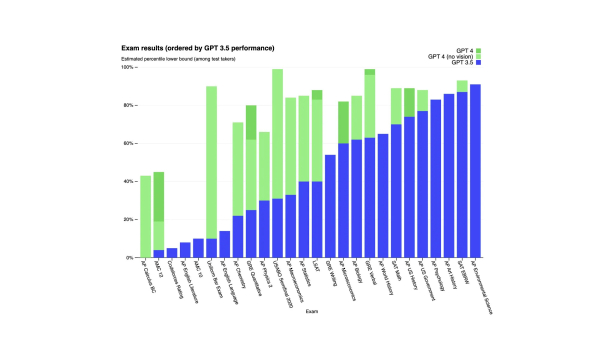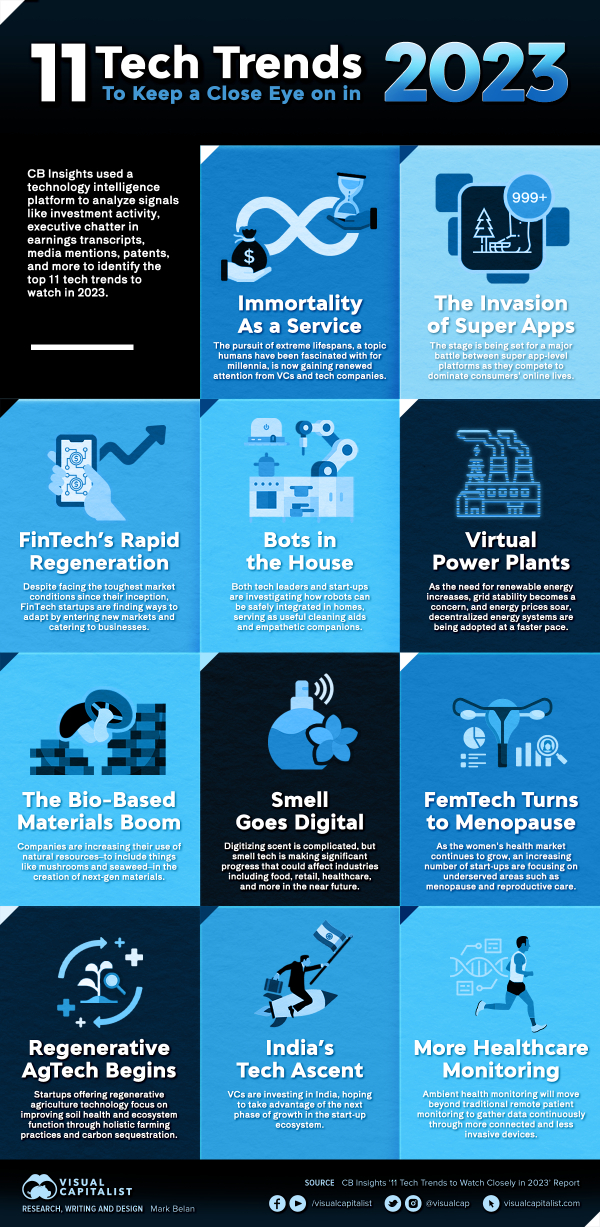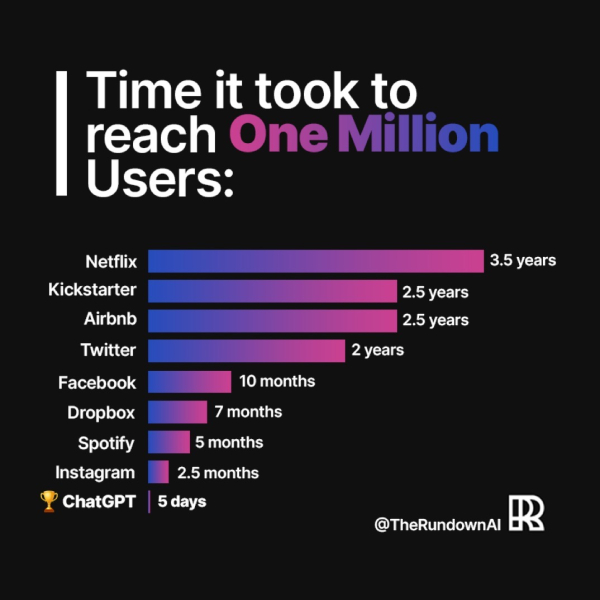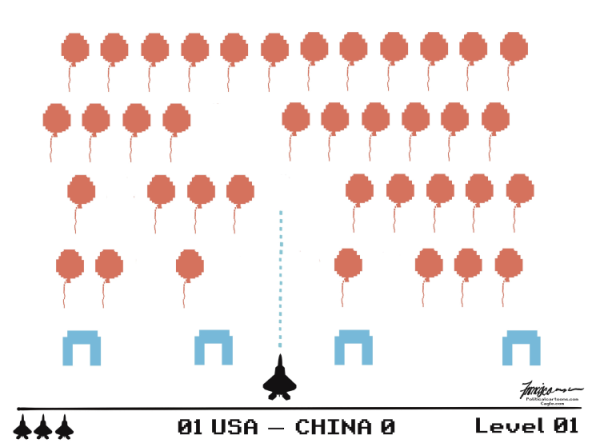Last week, I shared a couple of videos that attempted to predict the future. As a result, someone sent me a video of Arthur C Clarke's predictions that I thought was worth sharing.
Arthur C Clarke was a fantastic science fiction writer and a famous futurist. You probably know him as the author of 2001: A Space Odyssey.
Here are his predictions from 1964, nearly 60 years ago.
via BBC Archive
Arthur C. Clarke had a profound impact on the way we imagine the future. Known for his remarkable predictions, Clarke's ideas may have seemed farfetched at times, yet his thoughts on the future and the art of making predictions were grounded in reason.
If a prophet from the 1960s were to describe today's technological advancements in exaggerated terms, their predictions would sound equally ridiculous. The only certainty about the future is that it will be fantastical beyond belief, a sentiment Clarke understood well.
You can be a great futurist even if many of your predictions are off in execution, but correct in direction. For example, Clarke predicted that the advancements in communication would potentially make cities nonexistent. While cities still exist – in much the same way as in the 1960s – people can now work, live, and make a massive difference in their companies from anywhere on the planet, even from a van traveling around the country. Global communication is so easy that it's taken for granted.
As a science fiction author, some of what he wrote about might seem ridiculous today. For example, super-monkey servants creating trade unions. Much of what he wrote about was what could happen (and to provide a way for people to think about the consequences of their actions and inactions). As we discussed last week, humans often recognize big changes on the horizon … but they rarely correctly anticipate the consequences.
In summary, even though some of Clarke's predictions were farfetched, they were rooted in a deep understanding of human potential and the transformative power of technology. His ability to envision a fantastical future was not only a testament to his imagination, but also served as an inspiration for generations of scientists, engineers, and dreamers. By embracing the unknown and acknowledging the inherent uncertainty of the future, we can continue to push the boundaries of what is possible and strive for a world that is truly beyond belief.
You won't always be 100% correct, but you'll be much closer than if you reject what's coming.

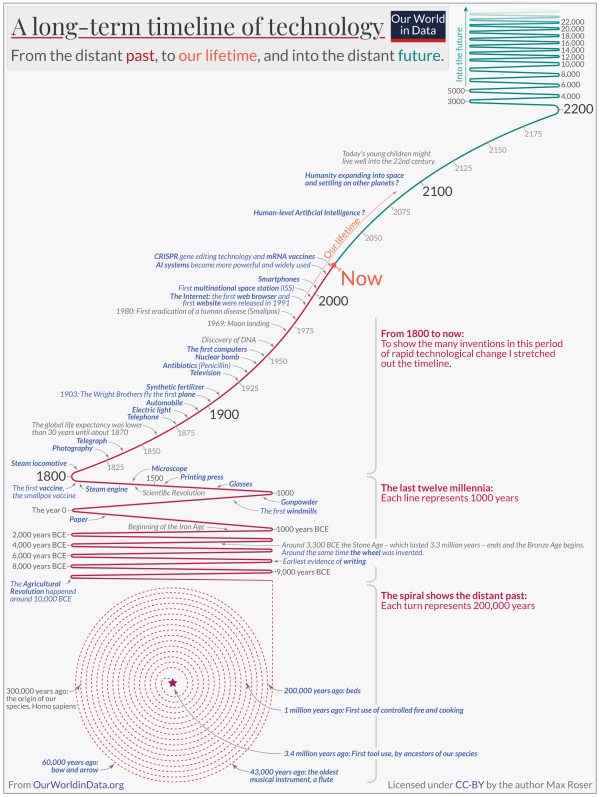
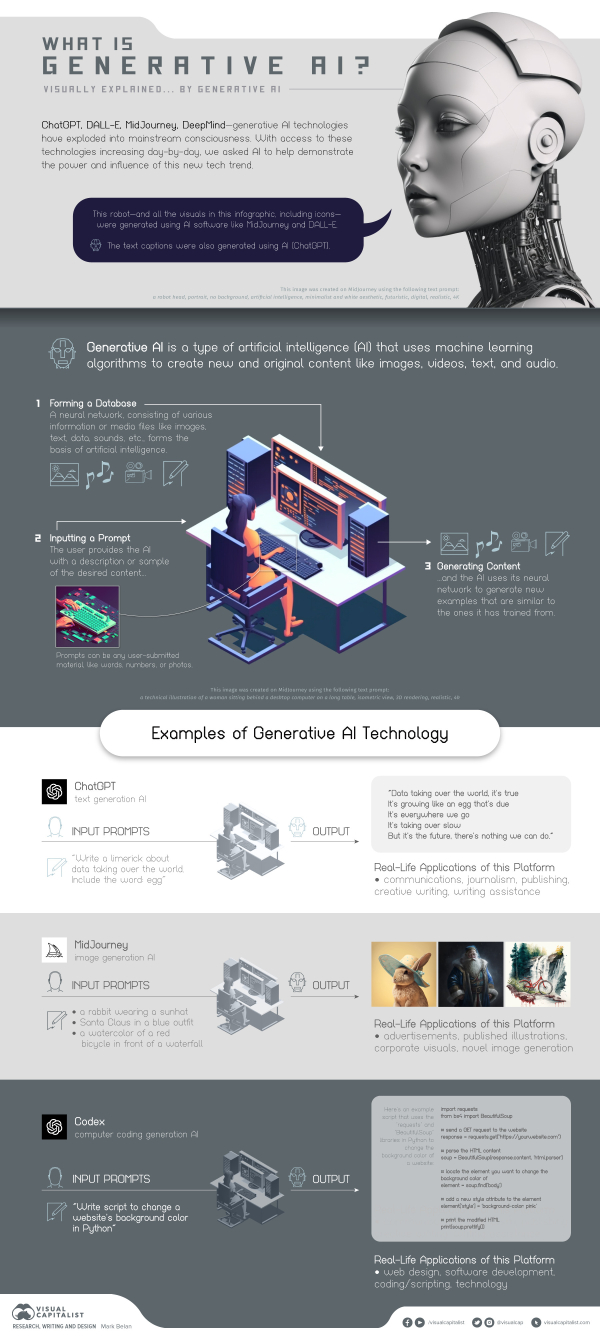 via
via 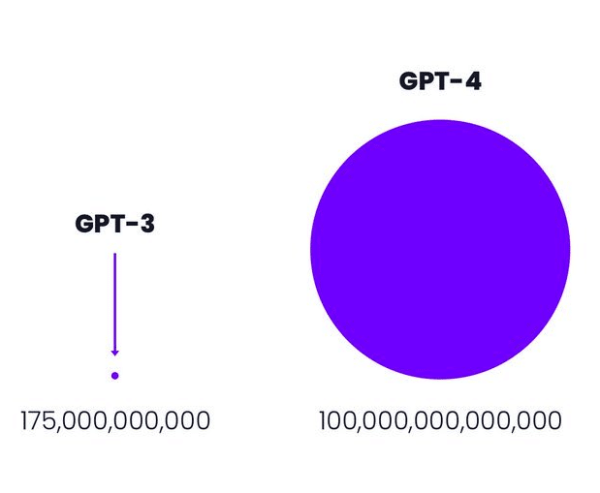 And it is also much more robust. Which is mildly scary to think about … but also very exciting.
And it is also much more robust. Which is mildly scary to think about … but also very exciting. 